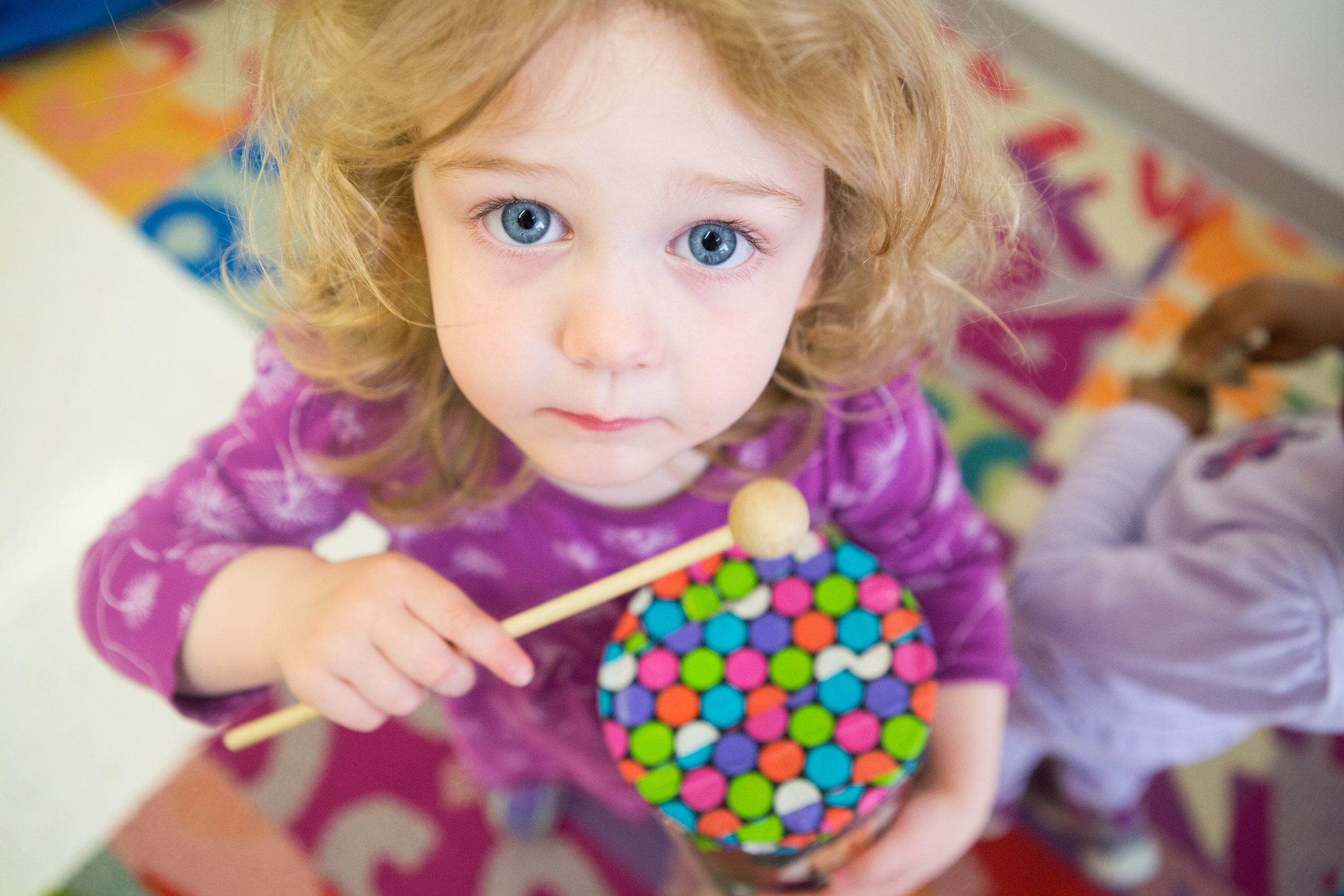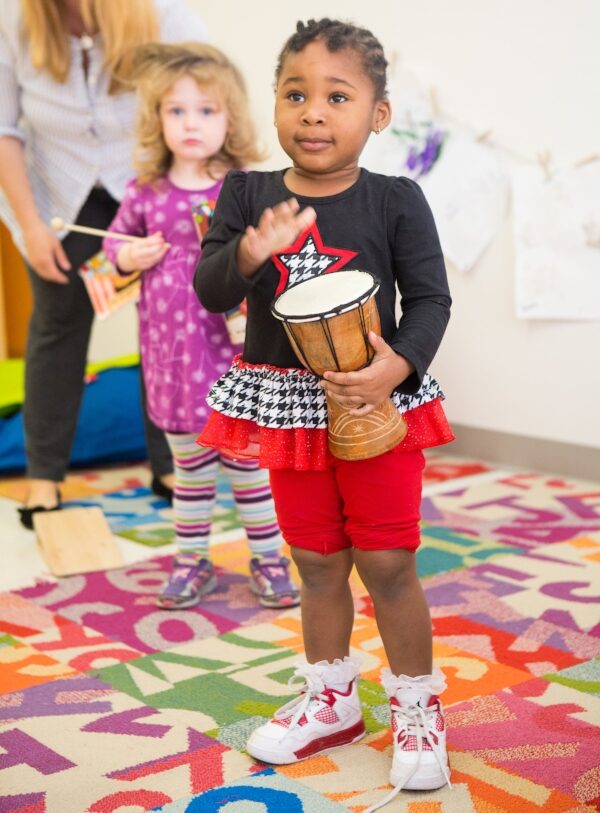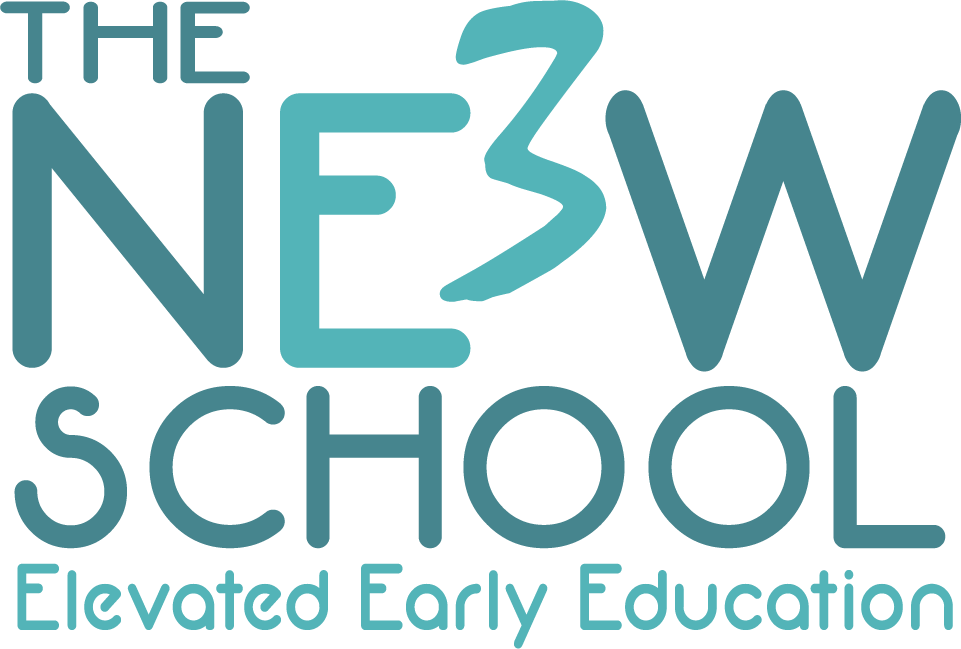Music is one of the first ways children experience math. Without thinking, our bodies react to music. When we hear music, we rock our babies, clap along, and even look toward the source of the sound. These responses are reactions to musical elements such as steady beat, rhythm, and melody, all of which reflect mathematical concepts. Even the youngest of children can respond to music and the mathematical principles behind it. Here are three musical elements that relate to math and some suggested activity ideas from the National Association for the Education of Young Children to try at home.
Steady Beat
What it is: Steady beat is what you respond to when you hear music and start tapping your toe. The steady beat is repetitive and evenly spaced. Listen to “Old MacDonald,” “Bingo,” or “Twinkle, Twinkle, Little Star,” and you will hear the steady beat.
How it relates to mathematics: Emphasizing the steady beat by clapping or moving to the music supports children’s development of one-to-one correspondence. One-to-one correspondence is matching up one thing with something else, such as one clap for each syllable. Clapping to the steady beat also is a way to emphasize the math concept of “more.” Through music, toddlers can show they understand what “more” means even when they do not yet understand numbers. For example, if you clap once and then ask, “Can you clap more than I clapped?” a toddler will most likely clap more than once.
Activities to try: While singing a song, emphasize the words that fall on the beat by stomping or clapping on each beat. You can even have children stomp or clap harder on the downbeat (the most accented note in each measure). There is no wrong way to do this, so feel free to experiment.
To work on one-to-one correspondence, try having your child repeat a basic clapping sequence. Ask, “Can you clap as many times as I do?” As your child gets better at this, you can add rhythm to your clapping. You could also play a drum or even sing instead of clapping.
Songs that build on themselves, such as “There Once Was an Old Lady Who Swallowed a Fly”) help children grasp the idea of “more.” After each verse or every few verses you can ask, “What’s next?” or “Should we sing more?” Songs that invite children to join in with each verse also promote this concept.
Rhythm
What it is: Rhythm is similar to but different from the steady beat. A song’s rhythm varies, while the steady beat is constant.
How it relates to mathematics: Rhythm helps children learn to recognize one-to-one correspondence and to identify and predict distinct patterns. Being able to recognize and anticipate rhythmic patterns helps children remember or predict the words to a song or a rhythmic story.
Activities to try: Even newborns can learn about rhythm as their parents sing lullabies to them. Rock with your child while you sing, and pat gently on your child’s back so that he can simultaneously hear and feel the patterns in the music. If the words themselves make a pattern, your child can also see a pattern in your mouth movements. Here is one example of a song you could sing:
(Sung to “Hush, Little Baby”)
Verse 1: Little baby, don’t you cry. Little baby, don’t you cry.
Pattern: A B A B
Verse 2: Mama loves you don’t you cry. Mama loves you don’t you cry.
Pattern: C B C B
Invite toddlers and preschoolers to repeat, predict, and/or extend rhythmic patterns. For example, sing “Old MacDonald Had a Farm” with your toddler. Stop after “With a moo moo here,” and wait for your child to repeat the phrase or extend the pattern of the song by adding “and a moo moo there.’”
Melody
What it is: The movement from one note to another is the melody of the song, or in other words, the tune. Consider the familiar song “Old MacDonald Had a Farm,” focusing on the repetitive pattern “E-I-E-I-O.” You may notice that the first E and I are repeated on a higher note, the next E and I are repeated on a lower note, and the O is sung on an even a lower note. This is the song’s melody.
How it relates to mathematics: Children can use melodies to recognize patterns, such as how notes are repeated within a song.
Activities to try: Offer instruments like a xylophone (or piano, if you have one in your home), shaker, drum, or even a pot and a wooden spoon to play a song. Ask your child to play her instrument at a specific note of a simple song (such as on “star” of “Twinkle, Twinkle, Little Star”) as you play the rest.
Dr. Eugene Geist is an associate professor in The Gladys W. and David H. Patton College of Education and Human Services at Ohio University. Dr. Geist teaches in the Early Childhood Education program, the Curriculum and Instruction graduate program and the Teacher Education Honors Program. His areas of expertise include child development, constructivism, and the development of mathematical knowledge in young children.
1Bonny, J.W., & S.F. Lourenco. 2013. “The Approximate Number System and Its Relation to Early Math Achievement: Evidence From the Preschool Years.” Journal of Experimental Child Psychology 114 (3): 375–88.
« The Importance of PlayOur One-Year-Olds Are Learning TOO! Along with Our Twos, Threes and Fours »



